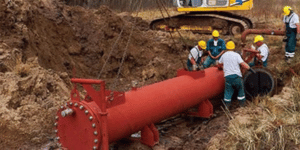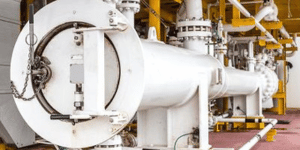The Problem
Our client was planning on developing several marginal fields in the Dutch sector of the North Sea. The fields were expected to produce for approximately 5 years. Due to the relatively short life of the fields, the cost of construction and installation (CAPEX), the cost of operation (OPEX) and the decommissioning cost become critical to the feasibility of the fields.
We were asked to look at different options for tie-in of the new fields to the existing pipeline system, with an emphasis on the cost differential between subsea template completions and dry trees on a minimum facility platform (MFP), as well as a discussion of the pros and cons of each option.
The Solution
We created a tool to quickly assess the full lifecycle cost of different tie back options, including single tie-back options, daisy chains and options combining flow from multiple wells at subsea manifolds. Various tie-in options were also assessed, including tie-in via hot tap, tie-in to subsea spool locations, and tie-in to existing platforms. All options were assessed with MFPs and subsea wells, to highlight the difference in price.
When pricing the OPEX costs for each option, it quickly became clear that the driving factor behind the overall life of field cost of each option was the pigging requirements. Although subsea wells were cheaper in terms of CAPEX, if the lines required frequent pigging, the high cost of a subsea launch or receipt operation potentially makes a subsea option more expensive.
As a result, we undertook a review of the expected pigging requirements of the line, as well as a sensitivity analysis to find the frequency at which the cost of pigging operations makes the subsea option unfavourable.
The Benefits
Due to the large pool of knowledge within Jee, we were able to review and provide a high level analysis of lifecycle cost, and make recommendations on how the frequency of pigging and costs associated with pigging operations could be reduced. This will help the client make informed decisions when they move forward with the planned developments, resulting in more profitable operations.


-2.png)



